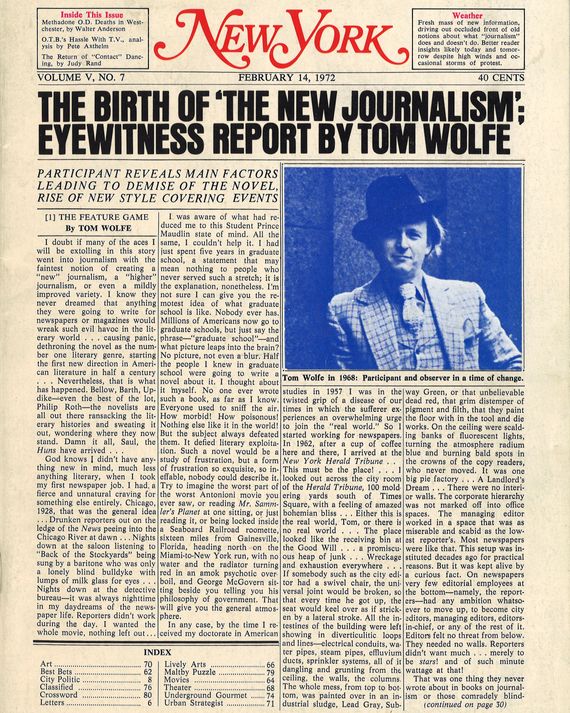The Ultimate Guide To News Articles
The Ultimate Guide To News Articles
Blog Article
Rumored Buzz on News Articles
Table of ContentsSome Ideas on News Articles You Need To KnowExamine This Report on News ArticlesThe Of News Articles9 Simple Techniques For News ArticlesNews Articles - Questions
Great expertise of different topics gives pupils an one-upmanship over their peers. Even though electronic and social networks are readily available, we ought to not forget exactly how vital it is to read the papers. Parents must attempt and instill the practice of reading a newspaper as a day-to-day routine to proceed the heritage of the adored print medium.Newspaper article likewise have at the very least among the adhering to important qualities relative to the designated audience: distance, prestige, timeliness, human passion, peculiarity, or effect. The relevant term journalese is in some cases utilized, normally pejoratively, to refer to news-style writing. Another is headlinese. Newspapers generally abide by an expository writing style.
Within these limitations, information stories likewise intend to be extensive. Other variables are involved, some stylistic and some acquired from the media kind. Among the bigger and more reputable newspapers, justness and balance is a major consider providing info. Commentary is usually constrained to a separate section, though each paper might have a various total angle.
Newspapers with a global audience, for instance, tend to utilize a more formal design of composing. News Articles.; usual style guides include the and the United States News Design Publication.
The smart Trick of News Articles That Nobody is Discussing
Generally, journalists will certainly not utilize a long word when a brief one will certainly do. They make use of subject-verb-object building and dazzling, active prose (see Grammar). They offer anecdotes, examples and allegories, and they rarely depend on generalizations or abstract concepts. Information writers try to avoid using the same word much more than when in a paragraph (often called an "echo" or "word mirror").
Headings occasionally leave out the subject (e.g., "Jumps From Watercraft, Catches in Wheel") or verb (e.g., "Pet cat female fortunate"). A subhead (also subhed, sub-headline, subheading, subtitle, deck or dek) can be either a secondary title under the primary heading, or the heading of a subsection of the article. It is a heading that precedes the major message, or a group of paragraphs of the main text.

Added billboards of any of these types might appear later on in the article (especially on subsequent web pages) to entice more reading. Such signboards are likewise made use of as tips to the short article in various other areas of the publication or website, or as ads for the item in other publication or websites. Common framework with title, lead paragraph (summary in strong), other paragraphs (information) and get in touch with details.

Instance of a hard-lead paragraph NASA is proposing an additional area job. The spending plan requests approximately $10 billion for the task.
An "off-lead" is the 2nd most essential front web page information of the day. To "bury the lead" is to start the short article with history details or details of additional importance to the visitors, compeling them to read even more deeply right into a short article than they must have to in order to discover the important factors.
A Biased View of News Articles
Usual usage is that one or more sentences each create their very own paragraph. Reporters generally describe the company or framework of an information tale as an inverted pyramid. The necessary and most intriguing components of a tale are placed at the beginning, with supporting information following in order of diminishing importance.
It allows people to discover a subject to only the depth that their curiosity takes them, and without the charge of details or nuances that they could consider unnecessary, yet still making that info offered to much more interested readers. The upside down pyramid framework also makes it possible for posts to be trimmed to any arbitrary size throughout layout, to suit the area available.
Some authors begin their tales with the "1-2-3 lead", yet there are lots of kinds of lead readily available. This style usually begins with a "Five Ws" opening up paragraph (as defined over), adhered to by an indirect quote that offers to support a significant aspect of the first paragraph, and after that a straight quote to support the indirect quote. [] A twist can refer to multiple points: The last tale in the information broadcast; a "satisfied" story to finish the show.
Longer articles, such as magazine cover posts and the pieces that lead the useful source within sections of a newspaper, are understood as. Feature tales differ from straight information in numerous methods.
Our News Articles Diaries
A feature's initial paragraphs frequently associate an interesting moment or event, as in an "unscientific lead". From the details of a person or episode, its sight quickly widens to generalizations concerning the story's topic.

The Editor's Toolbox: A Reference Guide for Beginners and Professionals (2001) Allan M. Siegal and William G. Connolly. The New York City Times Guidebook of Style and Usage: The Official Design Guide Utilized by the Writers and Editors of the World's A lot of Reliable Paper (2002) M. L. Stein, Susan Paterno, and R.
Report this page